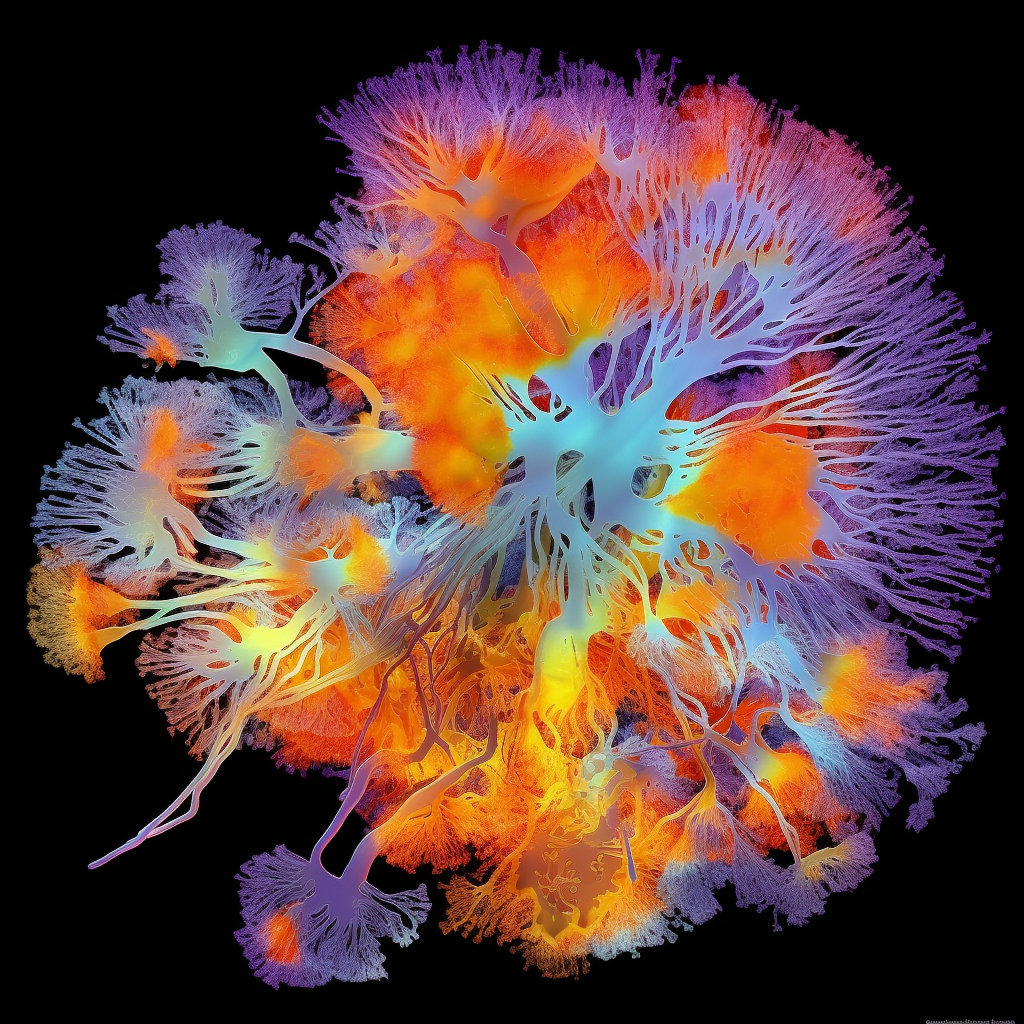Unveiling Symbolic Significance and Personal Relevance: A Journey into the Study of Dreams
Exploring the Psychoscientific Study of Dreams: Unveiling Symbolic Significance and Personal Relevance
In the realm of psychology, the study of dreams holds a fascinating place. This article delves into the psychoscientific exploration of dreams, aiming to unveil their symbolic significance and individual relevance. By combining psychological and cultural perspectives, we examine the profound impact of personal experiences, emotions, and cultural influences on dream content. Furthermore, we explore the mechanics behind dream analysis, utilizing rigorous techniques such as free association, journaling, and the exploration of dream symbols. The valuable insights gained from these methodologies foster heightened self-awareness and introspection, empowering individuals to better understand the workings of their unconscious mind.
Unraveling Symbolic Connotations and Personal Significance
Dreams have long been recognized as a window into the subconscious mind, offering a rich tapestry of symbolism and hidden meanings. By examining the symbols present in dreams, we can unravel the deeper layers of our psyche. Through dream analysis, we can identify the personal significance and relevance of these symbols, unlocking insights into our emotions, desires, and unresolved conflicts.
The Influence of Personal Experiences, Emotions, and Culture
Dreams are heavily influenced by our personal experiences, emotions, and cultural background. Our dreams often reflect the events, relationships, and challenges we encounter in our daily lives. By exploring these connections, we gain a deeper understanding of how our experiences shape our dreams and, in turn, how our dreams influence our waking life. Additionally, cultural influences play a significant role in shaping dream content, as symbols and meanings can vary across different societies and belief systems.
The Mechanics of Dream Analysis
Dream analysis involves employing rigorous techniques to decipher the hidden messages within our dreams. Free association, a method pioneered by Sigmund Freud, allows us to tap into the unconscious mind by spontaneously expressing thoughts, feelings, and memories evoked by dream images. Journaling our dreams provides a valuable tool for self-reflection and identifying recurring patterns or themes. Furthermore, the exploration of dream symbols enables us to uncover personal associations and archetypal meanings, shedding light on the underlying motivations and conflicts that drive our behaviors.
Unlocking Self-Awareness and Introspection
The psychoscientific study of dreams serves as a powerful tool for fostering self-awareness and introspection. By delving into the symbolic significance and personal relevance of our dreams, we gain valuable insights into our deepest desires, fears, and aspirations. This heightened self-awareness allows for personal growth, as individuals can identify areas for self-improvement, resolve inner conflicts, and cultivate a stronger sense of identity.
Conclusion
The study of dreams as a psychoscientific field of inquiry offers a captivating journey into the mysteries of the human mind. By unveiling the symbolic connotations and personal relevance of dreams, we gain profound insights into our unconscious realm. Through the utilization of various analytical techniques, we unravel the hidden messages within our dreams, fostering self-awareness and introspection. Embracing the study of dreams enables individuals to embark on a transformative path of personal growth and self-discovery.





